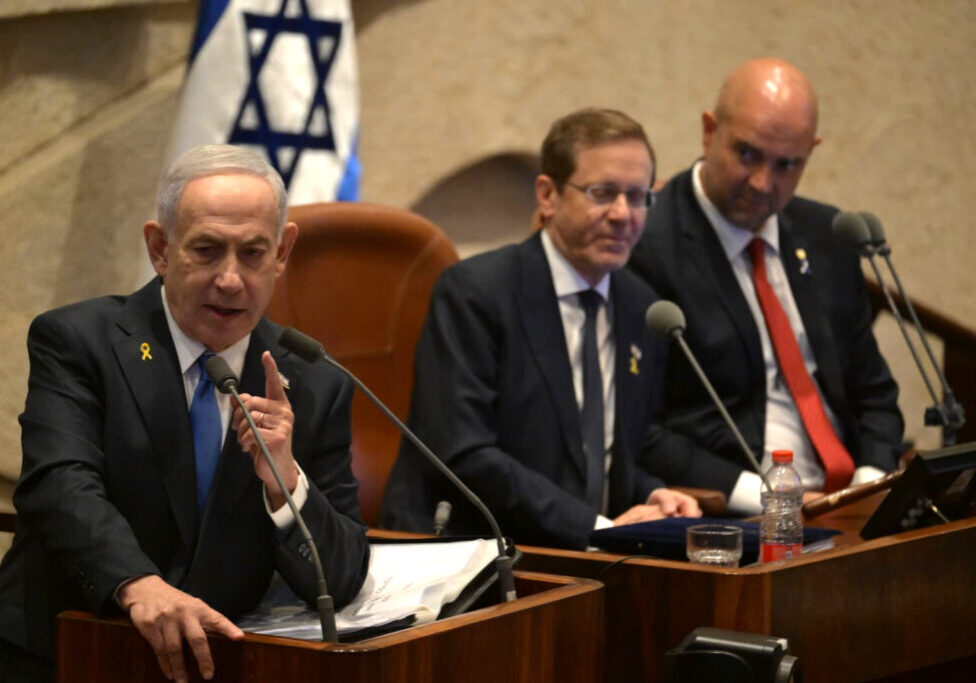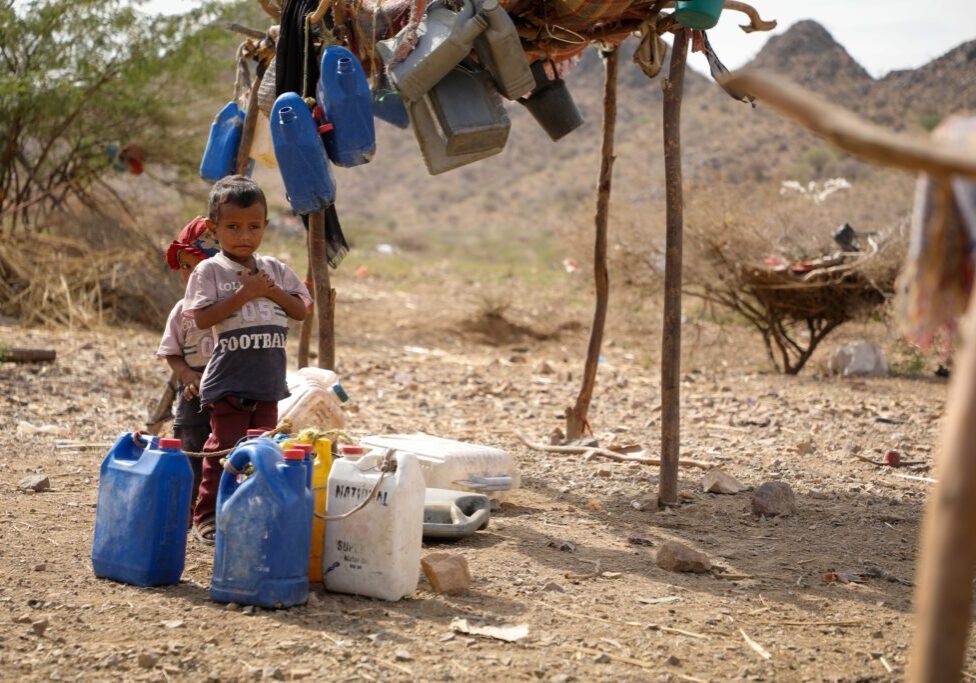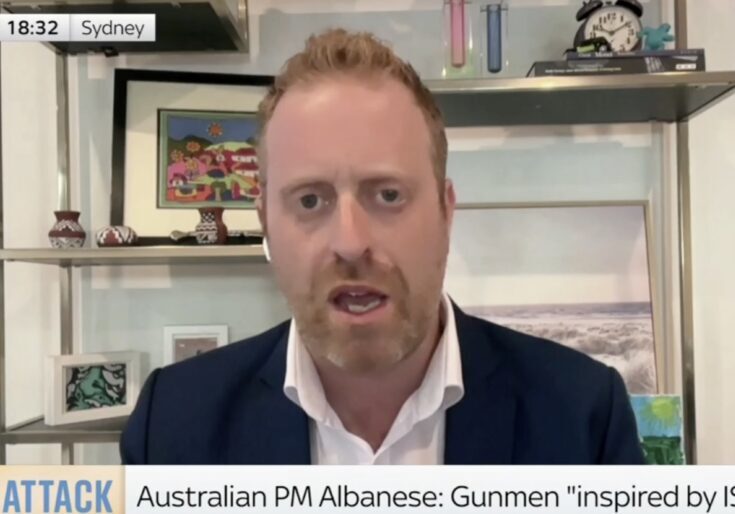FRESH AIR
5 things we have learned after 11 days of fighting
May 21, 2021 | Naomi Levin
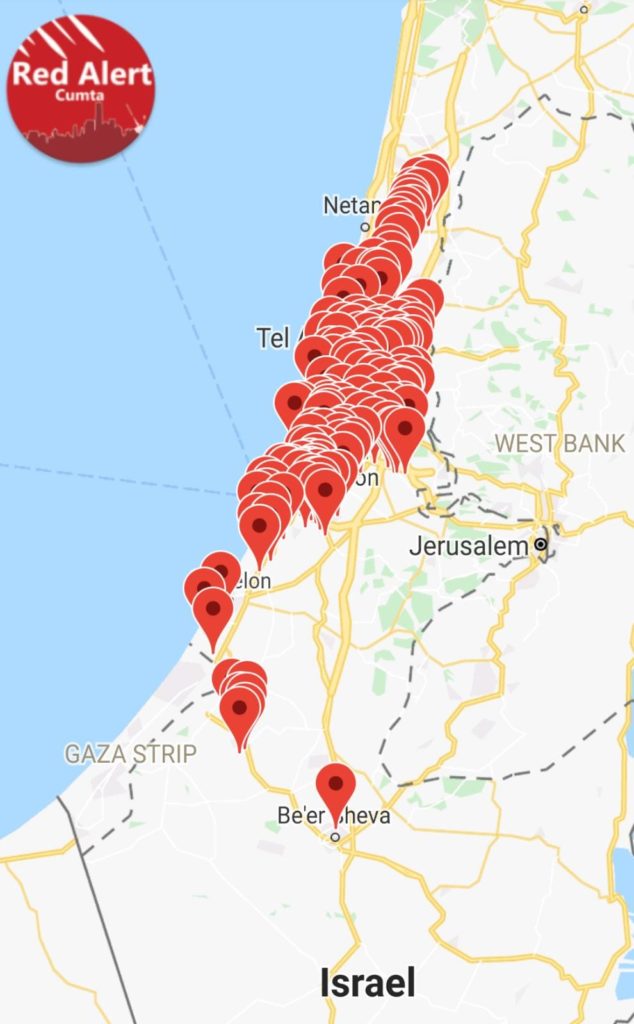
1. Hamas fired rockets more quickly and with longer ranges than ever before
Hamas fired more than 4300 rockets toward Israel in less than a fortnight. A similar number were fired at Israel during Operation Protective Edge in 2014, but over a period of more than two months.
In addition, for the first time, Hamas launched rockets with an apparent range of 250km. A rocket, called the Ayyash 250, was fired from Gaza on May 13 toward the southern-Israeli town of Eilat, but caused no damage.
Where has Hamas got the know-how to produce so many weapons? Hamas’ representative in Iran, Khaled al-Qaddumi, told Al-Monitor it was “the Islamic Republic of Iran, which has helped a lot in transferring knowledge and expertise on one side, and transporting the rockets on another, helping Hamas depend on its local capabilities to produce such advanced technology.”
But despite Iran’s technical assistance, a large number of rockets failed. A reported 610 rockets that were fired from Gaza landed within the Gaza Strip. At least 16 Gazans, including eight children, were killed by Hamas rockets that fell short in Jabaliya and Beit Hanoun on May 10. The total number of Palestinian victims of the 610 Hamas rockets that landed inside Gaza is likely to be much higher.
The number of rockets fired from Gaza at Israel peaked at 1000 on May 12, when Israel’s commercial centre Tel Aviv came under attack. On May 12, a bus in Holon was hit by rocket attack. Passengers had fled the bus, but the attack left several people seriously injured, including a five-year-old. Flights in and out of Israel’s Ben Gurion Airport were also suspended for a short-time, as Hamas targeted civilian air travellers.
It also needs to be remembered that Hamas fired at Jerusalem. Six rockets were directed towards the capital on May 10.
2. Iron Dome is one of the most effective defensive military technologies ever developed
The Iron Dome missile defence system is a highly sophisticated defensive shield that allows the Israel Defence Force to target and obliterate missiles before they land in Israel. The IDF reported it had an interception rate of between 85% and 90% during Operation Guardian of the Walls. What does this mean?
It means that nine out of 10 missiles fired from Gaza that were headed for Israeli built up areas were removed before they could smash into houses, land on roads, hit a kindergarten or pierce through a synagogue, mosque or church. It saved hundreds of lives.
Meanwhile, Iron Dome’s sophisticated radar means that rockets headed for empty fields or into the sea are ignored – saving vital resources.
Hamas clearly sought to overwhelm Iron Dome’s capabilities during this conflict by firing rockets in massive bursts, sometimes 100 or more within a few minutes. It did not really work, even though some rockets inevitably got through.
In welcoming the ceasefire, US President Joe Biden acknowledged the value of Iron Dome in protecting lives. He promised Israel the US would help replenish the missiles that intercept Gazan rockets. This is a significant contribution given each interceptor missile costs an estimated US$100,000, in addition to the batteries themselves.
3. Israel’s response to Gaza was highly surgical
Yaakov Katz, the editor-in-chief of the Jerusalem Post, has called Israel’s response to Hamas “the most accurate and precise military operation in modern military history”.
It goes without saying that one civilian death is too many. But Katz goes on to explain his response.
“The IDF has bombed over 1000 targets in Gaza, many of them homes, buildings, tunnels and Hamas positions. The number of dead – which sadly includes civilians – is, according to Hamas, 227.”
Of these, Katz continues, 160 were terrorists, including the commander of Hamas’ Western Jabalia Company, Hamas’ senior research and development officer, Hamas’ head of the Military and Intelligence Department, Hamas’ head of the Counter-Espionage Department and Hamas’ head of the Technical Military Department.
The wash-up of all of this is that from 1000 strikes, the civilian casualty rate in Gaza was 60 – some of whom we definitely know were killed by Hamas rockets that fell short, not in IDF strikes. While every innocent death is a tragedy, there would be few combatants in history who have done more to protect civilians than the IDF did during the 11 days of Operation Guardian of the Walls.
4. Iran continues to encourage Hamas to do its bidding
Iran has been front and centre throughout this conflict.
Days before the first major barrage, Palestinian Islamic Jihad official Ramez Al-Halabi said on Iraqi TV that “The mujahadeen in Gaza and in Lebanon use Iranian weapons to strike the Zionists. We buy our weapons with Iranian money. An important part of our activity is under the supervision of Iranian experts … I am proud to say that the rockets that are used to pound Tel Aviv have an Iranian signature on them, the signature of Qasem Soleimani.”
On May 10, Iran’s Foreign Minister Javad Zarif expressed his solidarity with Hamas leader Ismail Haniyeh and offered Iran’s ongoing support.
Teheran even actively participated in an attack on Israel during the 11 days. An armed drone was launched towards Israel from either Iranian forces or proxies in Syria or Iraq. The drone was shot down by the IDF when it approached Israel’s airspace from Jordan on May 18.
Foundation of Defence of Democracies vice president Jonathan Schanzer wrote that Iran “has provided Hamas with entire rocket systems, rocket parts, assembly training, cash support and other means to bolster the group’s fighting”.
Schanzer wrote that Iran uses Hamas as a means to indirectly target Israel and until recently, Israel has hit back at Hamas, rather than Iran.
But, Schanzer explains, this dynamic has changed in recent months as Israel targeted Iranian assets in Syria, struck Iranian ships breaching sanctions or acting as military outposts, and, most spectacularly, took out Iran’s top nuclear weapons scientist Mohsen Fakhrizadeh and allegedly launched a cyber-attack on Iran’s nuclear facility in Natanz.
In response, Schanzer writes, “Iran saw Hamas as a means to respond”.
5. Hamas messages had worrying resonance among some Israeli Arabs, leading to disturbing civil unrest inside Israel
One worrying surprise from this conflict was the civil unrest that raged for days in mixed Jewish-Arab towns inside Israel.
There was brutal violence on the streets of mixed towns like Lod, Ramle, and Jaffa. Arab and Jewish Israelis were involved in the worst of the violence, including shootings and stabbings.
Jewish man Yigal Yehoshua was allegedly killed in a so-called revenge attack by Arab men for the shooting death of Moussa Hassouna, allegedly by Jewish thugs. A number of synagogues were torched and residents reported that they preferred to stay in unsafe houses as rockets rained down from Gaza, rather than risk going out onto the streets during the violence to seek bomb shelters.
Both Arab and Jewish Israeli leaders called for calm and condemned those committing violence, as police imposed curfews and set up special taskforces to quell the violence.
Israeli President Reuven Rivlin, who has spent much of his presidency working for harmony and social cohesion between all Israelis, likened the scenes to a “pogrom” by an “incited and bloodthirsty Arab mob”. He added: “This country belongs to us all, and more than anything, we must be loyal to it and its laws”.
A number of Israeli Arab leaders also spoke out against the violent demonstrators.
Ra’am Party MK Mansour Abbas visited damaged synagogues in Lod and met with Hassouna’s family. “The red line is violence of all kinds,” Abbas said to Israeli media. “We have to look ahead, we have to start rebuilding the holy places and rebuilding the relationship.”
Issawi Frej, a Meretz MK, told Israeli news: “I expect all my colleagues, [Arab MKs Ahmad] Tibi, [Ayman] Odeh and local leaders: Get up and say it clearly, unequivocally. I expect and urge all leaders in my community, and I mean school teachers and principals, cafe and pharmacy owners, council members and Knesset members — this is the time to speak out.
It appears that street violence began among groups of Israeli Arabs youths – many poor and unemployed – incited by messages on social media, and from some religious leaders. This lead to revenge violence from Jewish extremists.
It is generally agreed that a long period of inter-communal healing is now going to be needed inside Israel.
Tags: Gaza, Hamas, Iran, Iron Dome, Israel, Lod, Operation Guardian of the Wall, rocket attacks
RELATED ARTICLES
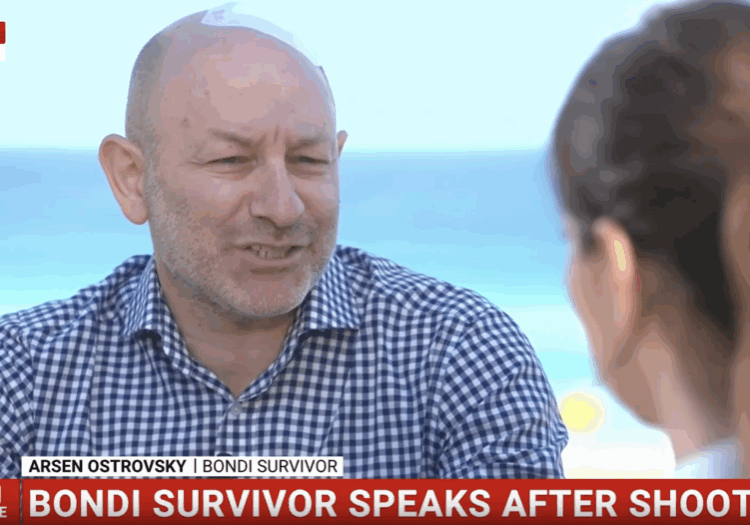
“My first reaction was ‘I need to know where my family is'”: Arsen Ostrovsky on Sky News




